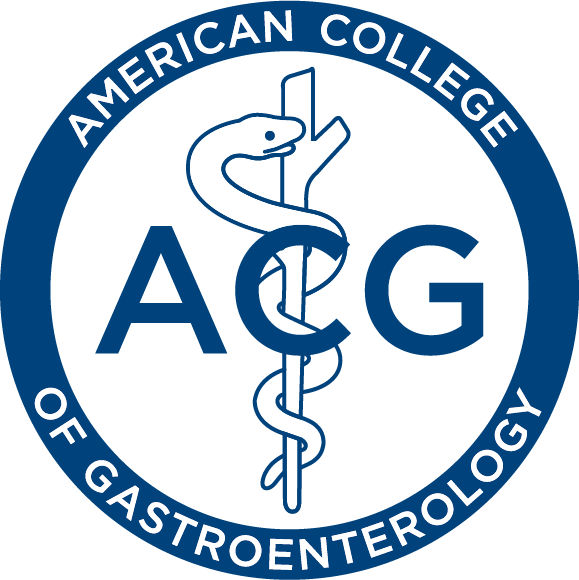Newswise — Five years after a colonoscopy which detected no precancerous growths or polyps, the risk of having a potential cancer is very low according to findings of a study by researchers from Indiana University presented at the 71st Annual Scientific meeting of the American College of Gastroenterology (ACG). The risk of advanced adenomas, a type of colon polyp more likely to become cancerous, while still low, was higher in men than in women. These findings suggest a longer interval for follow-up screening may be safe, and support recommendations by the ACG and other groups to re-screen average risk patients after ten years.
Thomas Imperiale, M.D., FACG of Indiana University presented data from patients in a corporate-sponsored screening program supported by Eli Lilly in which employees are screened for colorectal cancer. Among the 2,436 patients who had no precancerous growths upon initial screening, 1,256 returned for screening approximately five years later. No cancers were found upon re-screening, and tests revealed polyps larger than 1 centimeter in 16 percent of the patients. Researchers identified advanced adenomas in 15 patients, or 1.2 percent. Men in the study were more likely to have polyps at all, and to have advanced adenomas.
Colorectal polyps are classified as adenomas (pre-cancerous) or hyperplastic (non-cancerous). According to the "Polyp Guideline" of the American College of Gastroenterology, " only a few polyps acquire the additional genetic alterations that make them grow"¦and turn into cancer." [ACG Poylp Guideline, Bond et al., American Journal of Gastroenterology, November 2000.]
The risk of colorectal cancer is "extremely low" five years after a screening exam which found no precancerous changes, according to Dr. Imperiale.
About Colorectal Cancer Screening
Colorectal cancer is the second leading cause of cancer deaths in the United States, second only to lung cancer. The ACG recommends that for average-risk individuals, colorectal cancer screening tests begin at age 50. The preferred approach is a screening colonoscopy every 10 years, but an alternate strategy consists of a stool test for blood every year and flexible sigmoidoscopy every 3 to 5 years. For high-risk individuals, screening colonoscopy may begin earlier and is performed more frequently. Those at high risk include those with a personal history of colorectal cancer or adenomatous polyps; family history of colorectal cancer; nonhereditary polyposis; or a predisposing condition such as inflammatory bowel disease. (Medicare provides for surveillance colonoscopy no more frequently than once every two years for those at high risk.) For both average- and high-risk individuals, all potential pre-cancerous polyps must be removed.
About the American College of GastroenterologyThe ACG was formed in 1932 to advance the scientific study and medical treatment of disorders of the gastrointestinal (GI) tract. The College promotes the highest standards in medical education and is guided by its commitment to meeting the needs of clinical gastroenterology practitioners. Consumers can get more information on GI diseases through the following ACG-sponsored programs:
"¢ 1-800-978-7666 (free brochures on common GI disorders, including ulcer, colon cancer, gallstones, and liver disease)"¢ 1-866-IBS-RELIEF and http://www.ibsrelief.org (free educational materials)"¢ 1-800-HRT-BURN (free brochure and video on heartburn and GERD)"¢ http://www.acg.gi.org (ACG's Web site)
MEDIA CONTACT
Register for reporter access to contact detailsCITATIONS
American College of Gastronenterology 71st Annual Scientific Meeting
